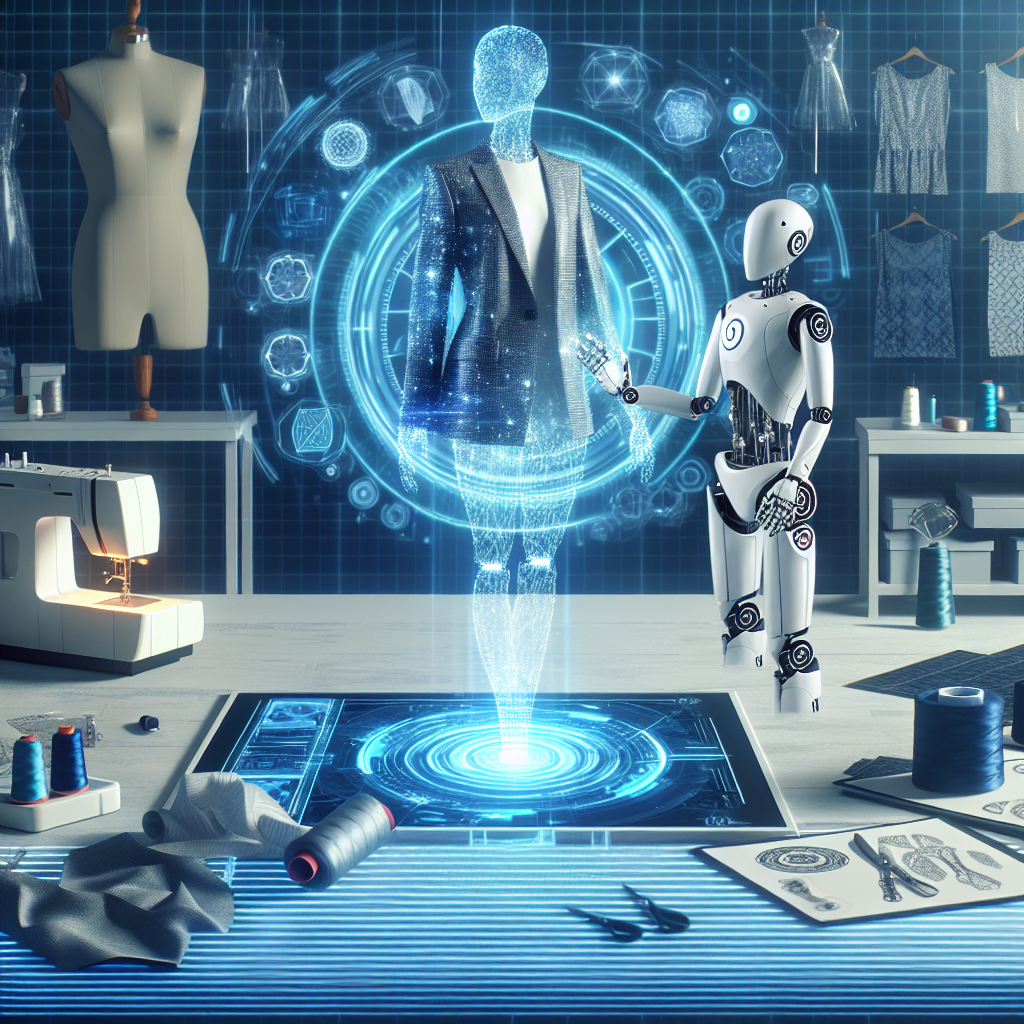Generative AI and the Future of Fashion Design
In recent years, the fashion industry has seen a significant shift towards the use of generative AI technology in the design process. This innovative technology has the potential to revolutionize the way fashion is created, from concept to production. Generative AI, also known as generative adversarial networks (GANs), is a type of artificial intelligence that can generate new content, such as images, text, or even music, based on patterns and data it has been trained on.
In the world of fashion design, generative AI has the ability to assist designers in creating unique and innovative designs that may not be possible through traditional methods. By analyzing vast amounts of data, including trends, customer preferences, and historical fashion designs, generative AI can generate new design ideas that push the boundaries of creativity.
One of the key advantages of using generative AI in fashion design is the ability to quickly generate a large number of design concepts, allowing designers to explore a wider range of possibilities and iterate on their ideas more efficiently. This can lead to the creation of more diverse and innovative designs that appeal to a broader audience.
Generative AI can also help designers to overcome creative blocks by providing fresh perspectives and inspiration. By generating unexpected design combinations or incorporating elements from different styles or eras, generative AI can spark new ideas and push designers out of their comfort zones.
Another benefit of using generative AI in fashion design is the potential for customization and personalization. By analyzing customer data and preferences, generative AI can create personalized designs that cater to individual tastes and preferences. This level of customization can enhance the customer experience and lead to increased customer loyalty and satisfaction.
In addition to design, generative AI can also be used in other areas of the fashion industry, such as trend forecasting, supply chain management, and retail operations. By analyzing data from social media, fashion shows, and e-commerce platforms, generative AI can help predict upcoming trends and consumer preferences, allowing brands to stay ahead of the curve and make informed decisions about their product offerings.
Overall, generative AI has the potential to revolutionize the fashion industry by enabling designers to create innovative, personalized designs that resonate with consumers. As the technology continues to evolve and improve, we can expect to see even more exciting developments in the intersection of AI and fashion design.
FAQs
Q: How does generative AI work in fashion design?
A: Generative AI works by analyzing patterns and data to generate new design ideas. By training on vast amounts of data, including trends, customer preferences, and historical designs, generative AI can create unique and innovative designs that push the boundaries of creativity.
Q: What are the benefits of using generative AI in fashion design?
A: Some of the key benefits of using generative AI in fashion design include the ability to quickly generate a large number of design concepts, overcome creative blocks, and create personalized designs that cater to individual tastes and preferences.
Q: How can generative AI be used in other areas of the fashion industry?
A: In addition to design, generative AI can be used in trend forecasting, supply chain management, and retail operations. By analyzing data from social media, fashion shows, and e-commerce platforms, generative AI can help predict upcoming trends and consumer preferences.
Q: What are some examples of brands using generative AI in fashion design?
A: Several brands have already started to incorporate generative AI into their design process, including Adidas, Zara, and Tommy Hilfiger. These brands are using generative AI to create personalized designs, predict trends, and optimize their supply chain operations.
Q: What is the future of generative AI in fashion design?
A: The future of generative AI in fashion design looks promising, with the potential for even more innovative designs, personalized offerings, and streamlined operations. As the technology continues to evolve and improve, we can expect to see more brands adopting generative AI to stay ahead of the curve in the fast-paced world of fashion.

